
Ravensholme Farm Preserve: A Place for Education and Innovation
August 16, 2025 | Topics: Places
By Jessica Mysliwski
Photography by Eddee Daniel
On July 12th, Tall Pines Conservancy had the honor of hosting their very first Natural Resources Foundation (NRF) field trip at their Ravensholme Farm Preserve. The field trip began with an educational slideshow in the historic barn, followed by a property tour highlighting the multiple conservation projects underway.
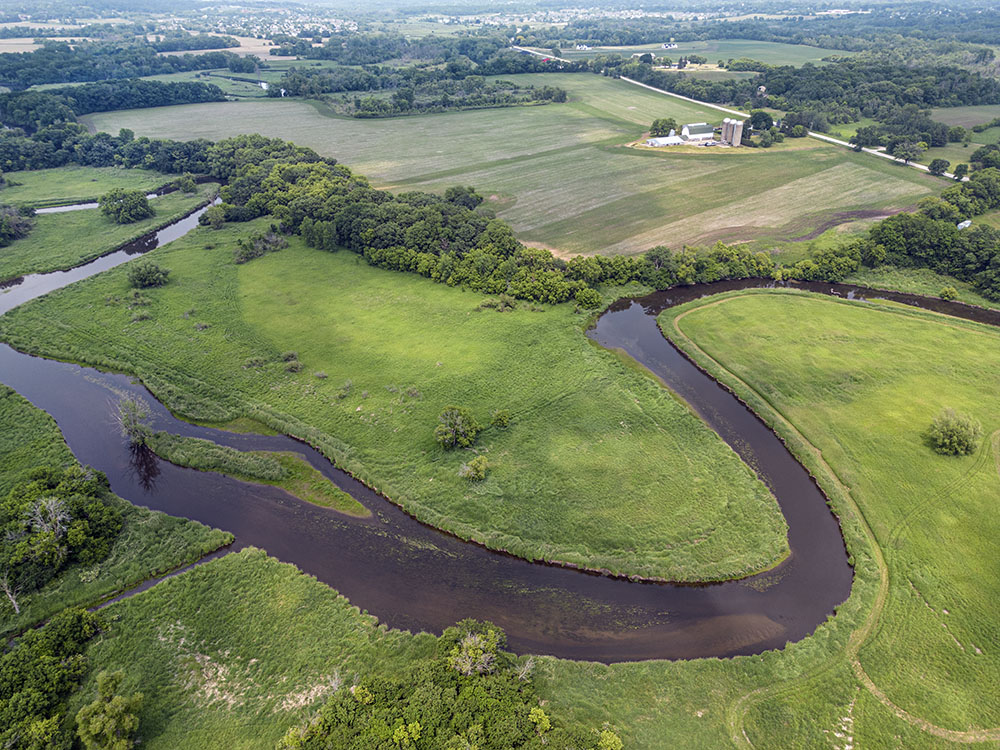
Tall Pines is unusual for a land trust because of its focus on farmland protection, as well as water resources, and conservation of natural areas. Ravensholme provides Tall Pines with a unique opportunity to demonstrate these ambitions to the greater community. The 260-acre property was donated to Tall Pines in December of 2022 by Anita Ransome Kuchler, who has trusted Tall Pines to carry out her vision for the property to be used as an educational hub for sustainable agriculture.
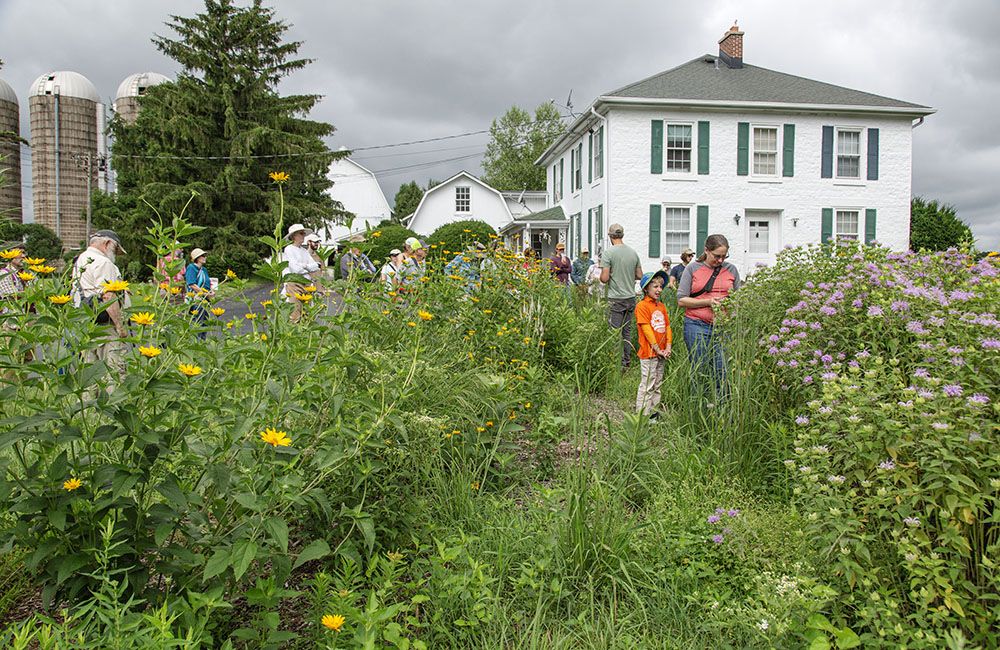
Since owning the property, Tall Pines staff and volunteers have converted one acre of turf grass to a native pollinator garden, constructed community garden plots, began oak ecosystem restoration along the Fox River, hosted middle and high school students for workshops and educational opportunities, installed signage about the regional farming history, and helped bird and bat monitoring efforts. Additionally, Tall Pines has implemented an agroforestry project which is arguably the most anticipated projected by volunteers and the community.
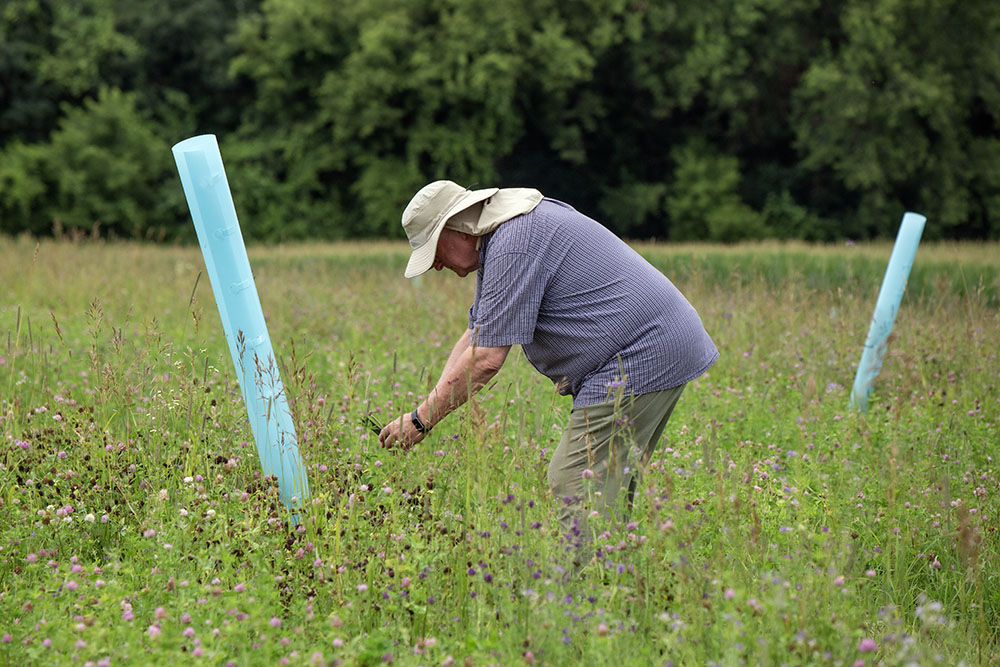
Fifteen acres of the property have been converted into the first stage of the agroforestry project (see featured photo at the top). Tall Pines has worked with the Savanna Institute—an organization that works to create opportunities for farmers to integrate trees with crops and pastures to diversify income and landscapes, raise healthy food, and make local communities more resilient—for the planning and follow up processes.
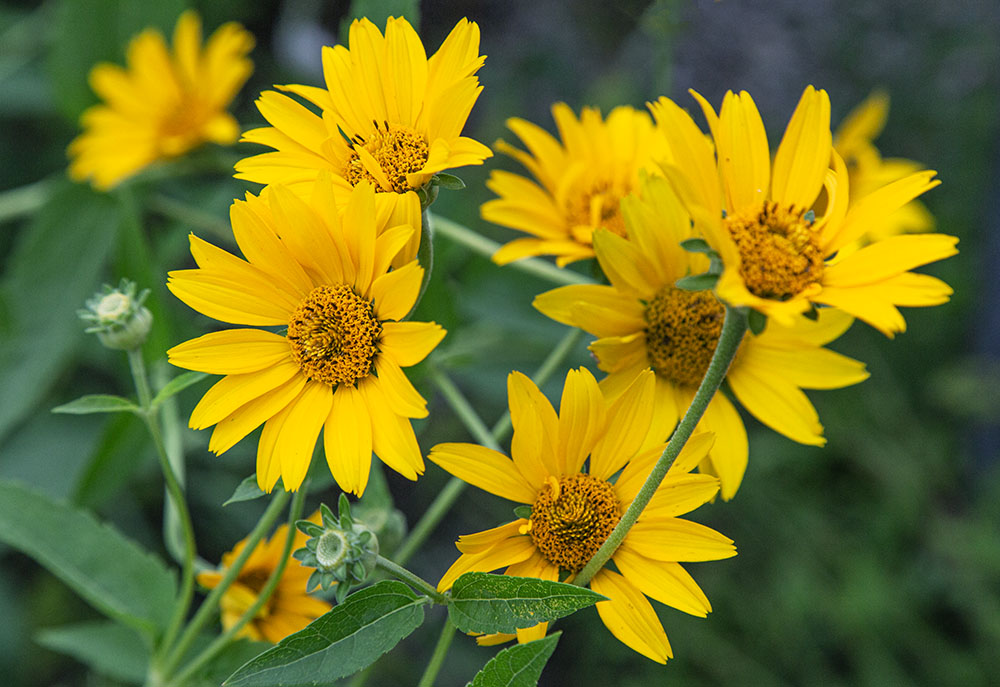
During the fall of 2024, Tall Pines’ Land Protection Manager, Paul Meuer, and I planted over 3,000 tree saplings, consisting of elderberry and aronia. A chisel blade on a tree planter, rented from Jefferson County, was used to create a slit in the soil where the saplings were placed. Then, the angled wheels of the tree planter closed up the slit behind the blade, effectively planting the sapling in the soil.

The remaining 1,266 saplings where purchased and planted in the spring of 2025. Species included pecan, pawpaw, American plum, American hazelnut, burr oak, chinkapin oak, shagbark hickory, and several evergreen trees for a wind break. Volunteers and students from the School District of Waukesha and Adeline Montessori School came to Ravensholme to plant trees, construct and install protective tree tubes, and improve their tree identification skills.
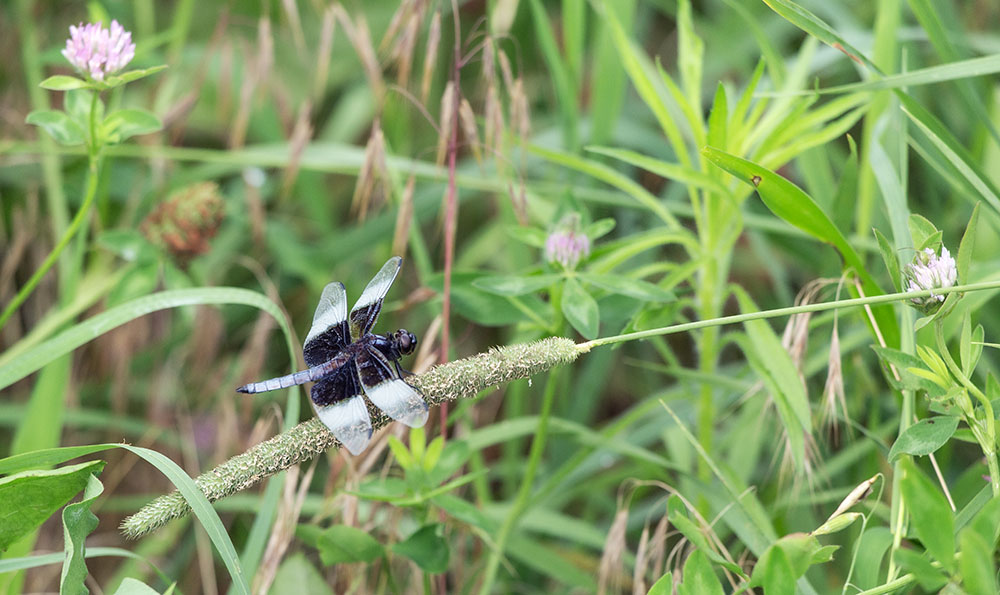
Tall Pines is excited to embark on the journey of agroforestry for the betterment of soil health and the community. Agroforestry improves soil health by holding soil in place. The long, strong roots of the trees reduce erosion, helping farmers to retain their soil and decrease the amount of runoff into nearby waterways. Having a solid root system also helps to retain nutrients and can actually rebuild the soil layer.
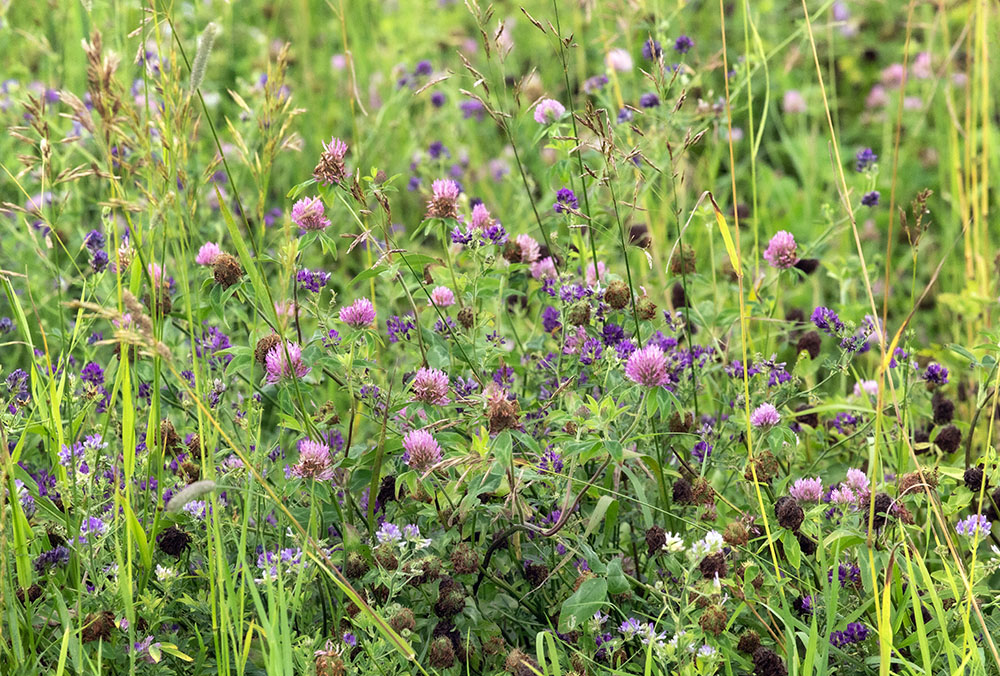
Agroforestry provides an opportunity for crops to be grown in between the rows of trees. Currently, Tall Pines has cover crops in between rows. Once the trees are larger and more established, conventional crops could be seeded between rows. Some farmers choose to graze livestock in these rows, a practice known as silvopasture.
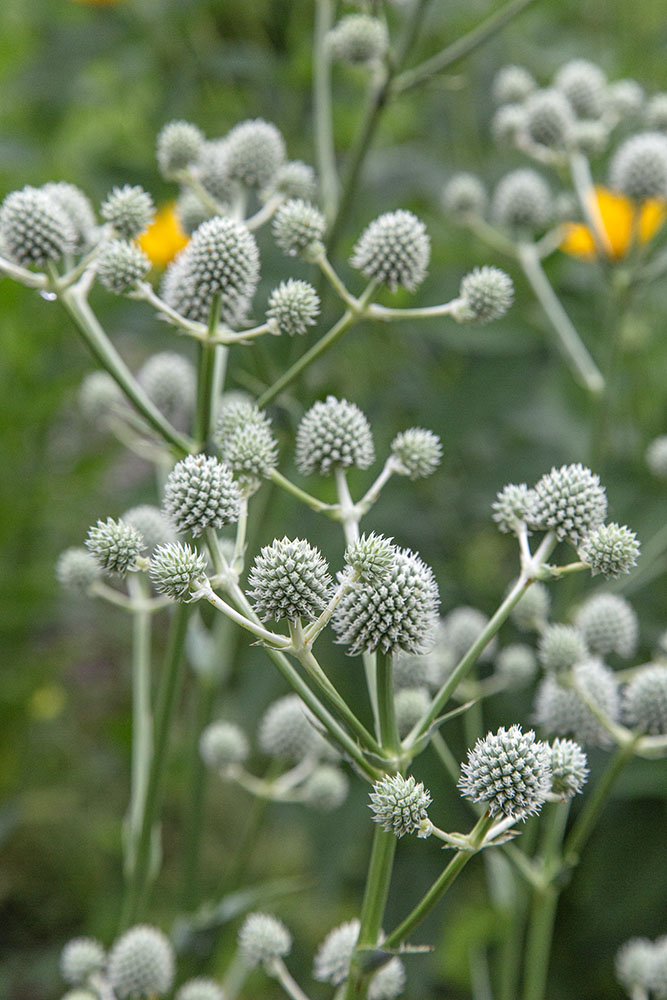
Looking ahead, the trees will begin producing fruit in the next three to five years depending on the species. In the meantime, Tall Pines will look into viable markets for the produce to ensure a plan is in place for when the time is ripe. Portions of the agroforestry fields may be rented out to individuals who wish to farm but don’t have equal access to land.
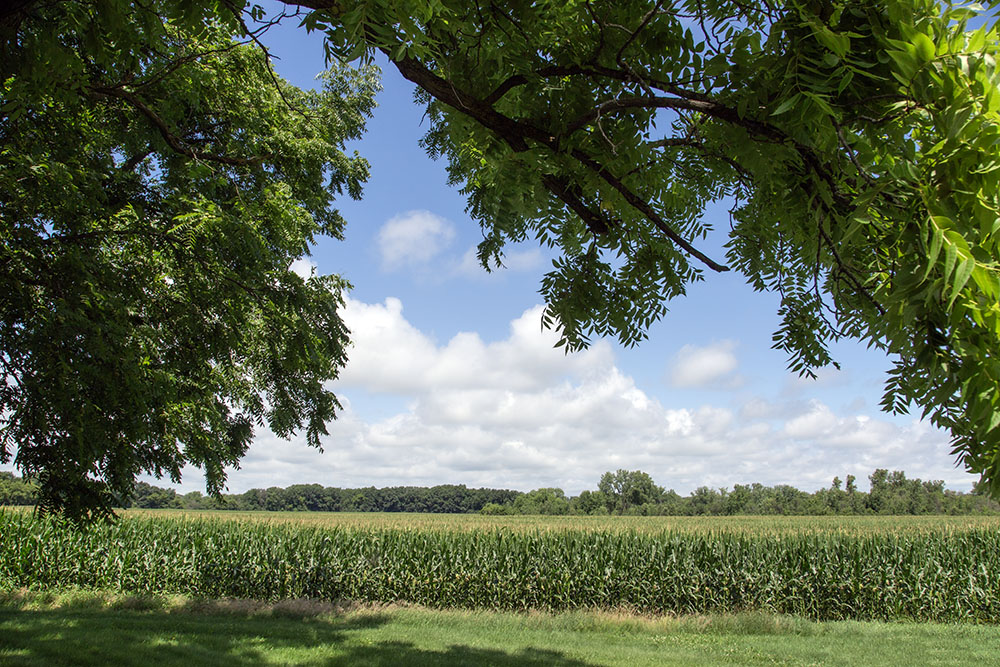
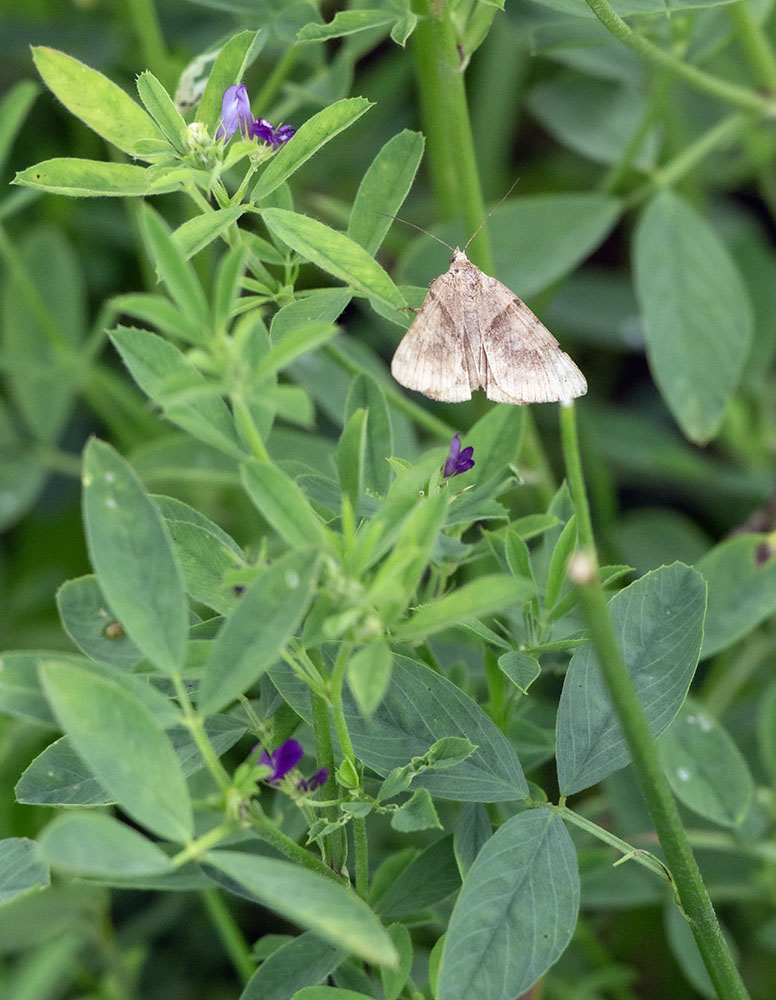
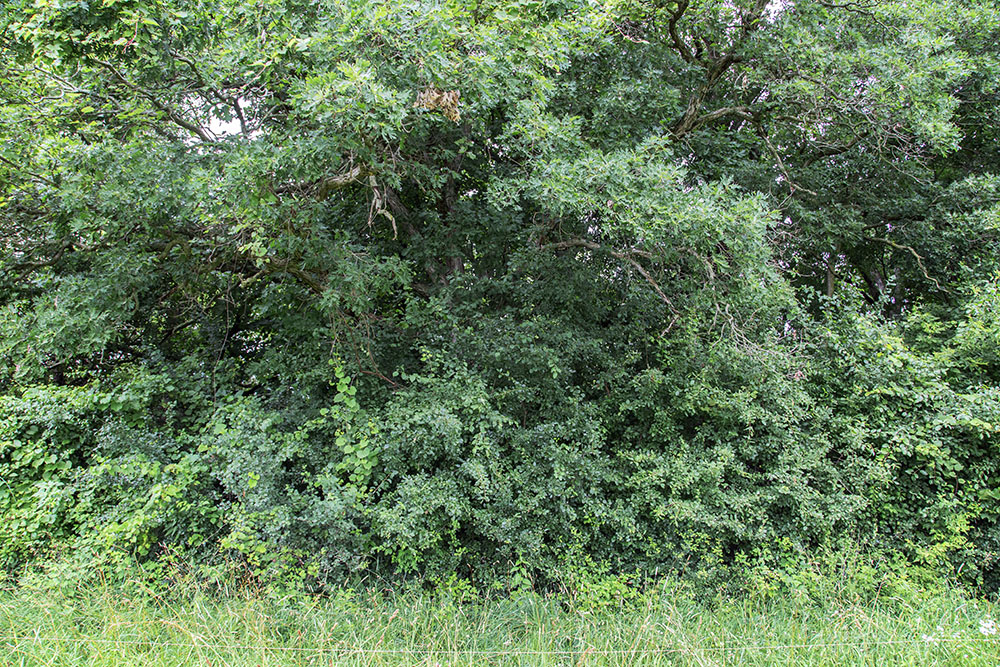
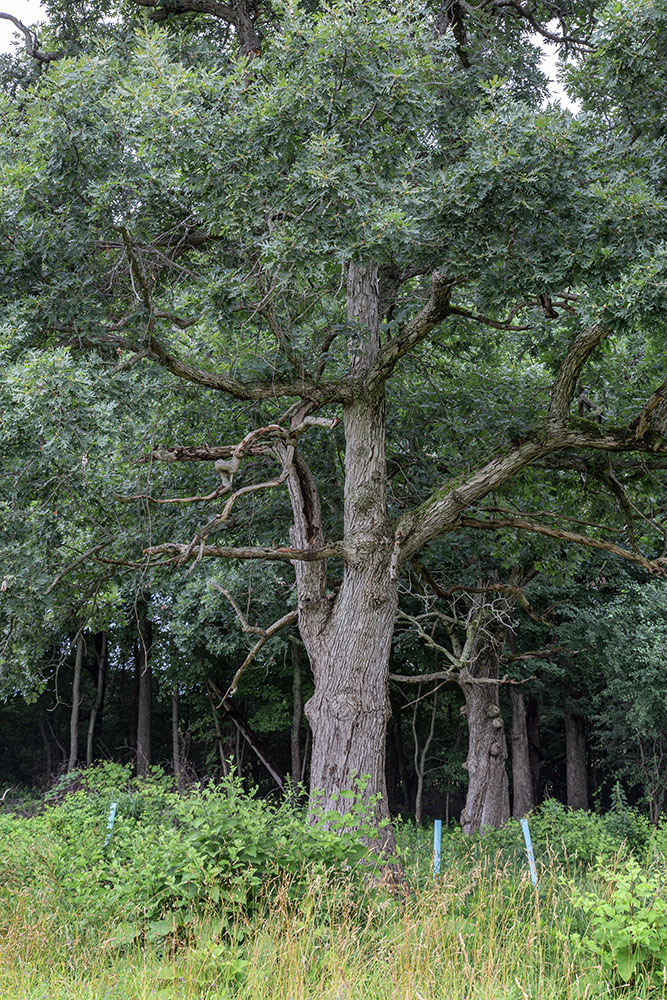
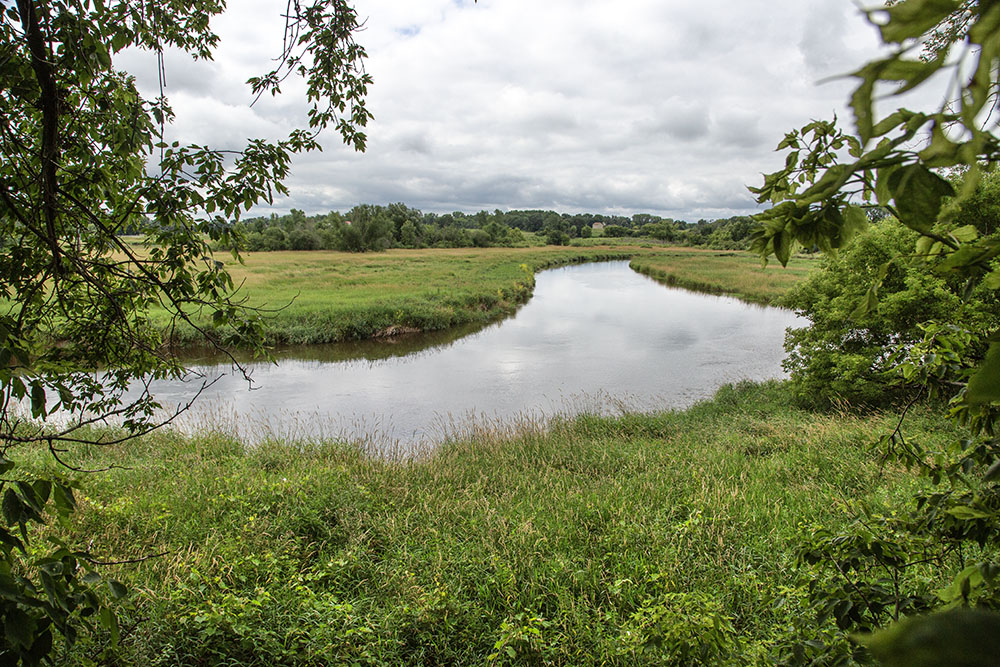
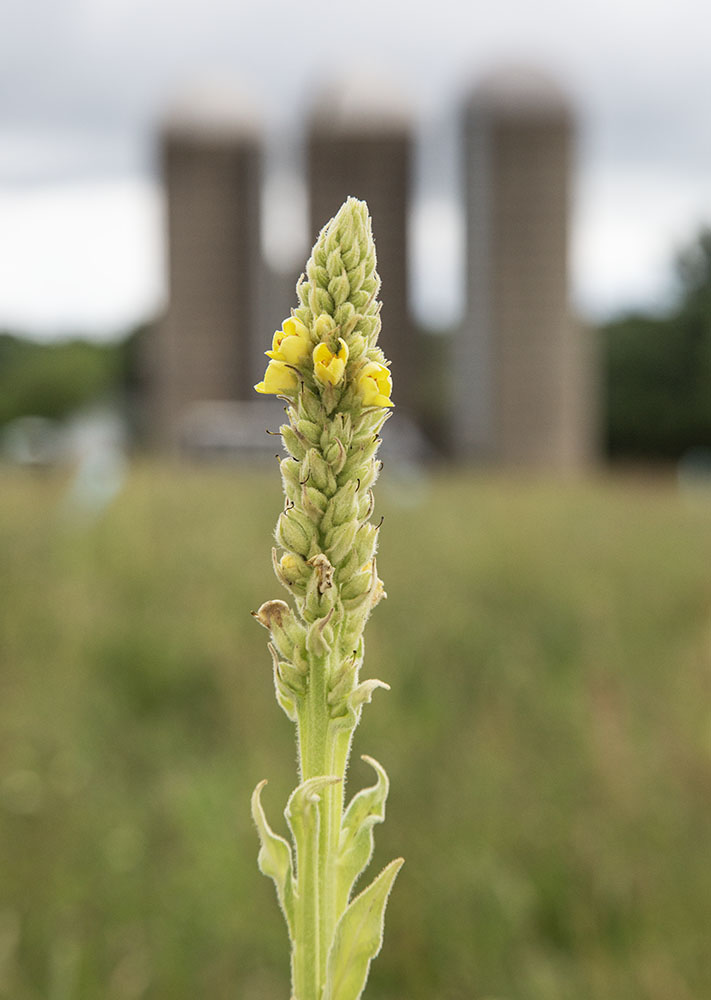
Looking for ways to get involved with Tall Pines and/or agroforestry? Please visit their website and join their email list.
Related stories:
A new trail makes Saeger Creek Preserve more accessible!
Megan Muthupandiyan: Artist in Residence at Tall Pines Conservancy
Oconomowoc River Conservancy Park and Healing Nature
Jessica Mysliwski is theStewardship Coordinator for Tall Pines Conservancy. Eddee Daniel is a board member of Preserve Our Parks. Tall Pines Conservancy and Natural Resources Foundation of WI are project partners of A Wealth of Nature.
One thought on "Ravensholme Farm Preserve: A Place for Education and Innovation"
Comments are closed.


Eddee, I looked at topographic and aerial photos of this stretch of land. It is largely wetland drainage from Lulu Lake, to Eagle Springs, then Phantom Lakes. Maybe this is why the Mukwonago River is the southernmost river in Wisconsin that holds Brook Trout. It has lower water temperatures and the ability to retain higher oxygen levels for native Trout. Not sure if they reproduce. They need 50-degree water. That is the average temperature of our groundwater at our latitude.
I used to golf a lot at the old Eagle Springs course. As the name states, you could see the spring waters bubbling up out of the soil in places and in a few concrete ponds on the property.
In the urban setting of Milwaukee, we disrupted that kind of natural drainage and buried our streams and creeks in pipes. Over 125 years ago the park founders and designers wanted an emerald necklace of greenways. We did not do a good enough job and paved many places over and built upon them.
Thank you for all your ongoing field photography work and documentation. Really good stuff educating the public.